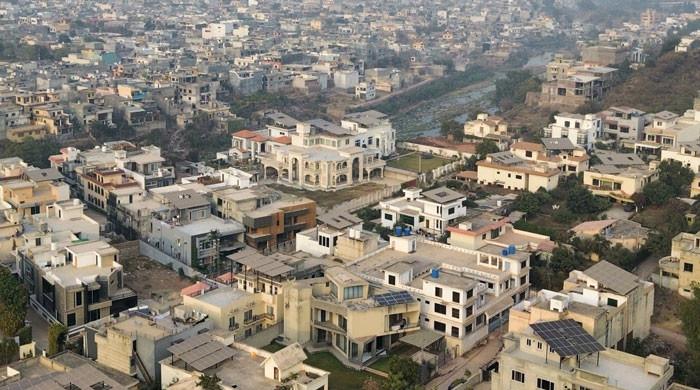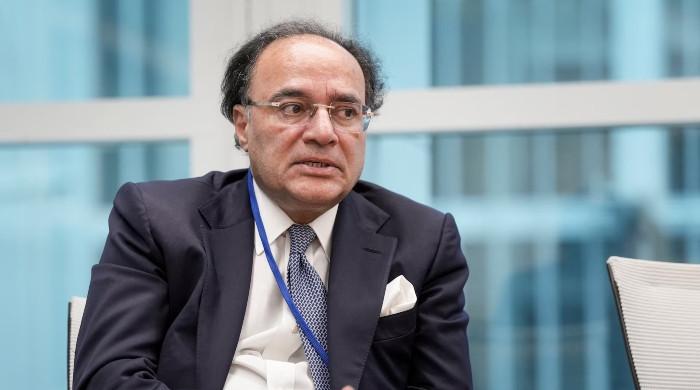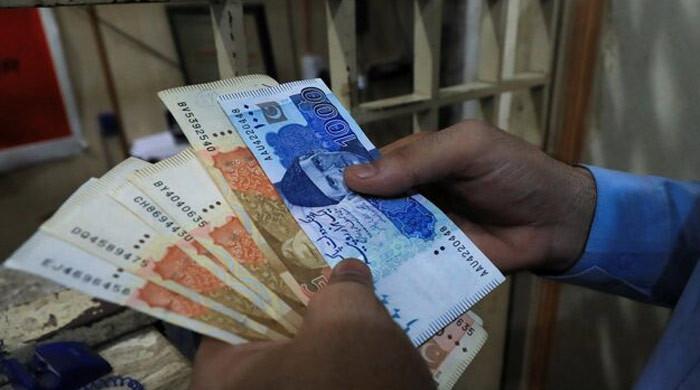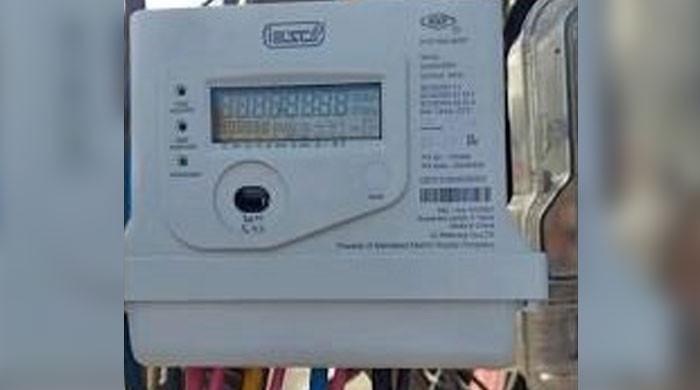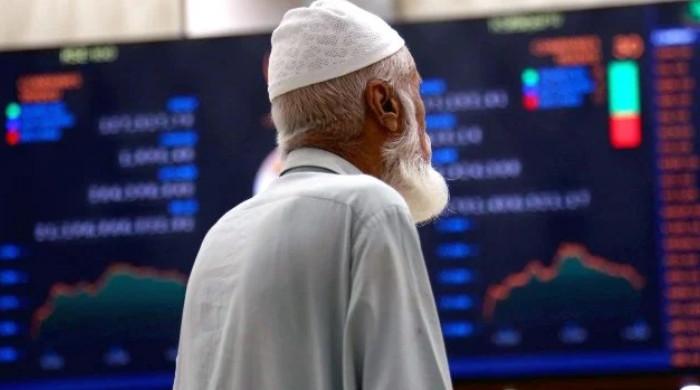Pakistan records fastest remittance growth of 27% in two decades: report
The central bank's data shows remittances amounted to $29.4 billion for the year ended in June
July 14, 2021

- SBP’s data shows remittances amounted to $29.4 billion for the year ended in June.
- Analysts say remittances performed unexpectedly well during almost the entire course of FY2021.
- Money transfers from citizens working in the UAE increased 9% to $6.1 billion.
KARACHI: Pakistan has recorded an almost two-decade high growth rate in remittances from abroad during the last fiscal year of 2020-21, lending much support to the external sector, the central bank’s data showed on Tuesday.
“This [remittances] helped improve the country’s external sector position despite the challenging global economic conditions in the past year,” the State Bank of Pakistan (SBP) said in a statement.
The SBP’s data showed that remittances amounted to $29.4 billion for the year ended in June. Remittances stood at $23.13 billion during the previous fiscal year.
The 12-month inflows were up 27% over last year, the fastest rate of expansion since FY2003.
In June, workers’ remittances stood at $2.7 billion, 9% higher than a year earlier. These inflows increased by 8% month-on-month.
“Seasonal pre-Eid related inflows helped to further boost remittances level during June,” the SBP added.
Remittances continued their unprecedented streak of above $2 billion for a record 13th consecutive month in June.
Analysts said remittances performed unexpectedly well during almost the entire course of FY2021.
“The increase in remittances in FY21 was a huge achievement for the government and it helped bridge the external account gap in a tough year of COVID,” Saad Hashemy, executive director at BMA Capital, said.
“Given the government's focus on Pakistani diaspora along with State Bank's focus on increasing remittance flows, remittances are likely to remain strong.”
Analysts see an upsurge in new coronavirus variants and the poor access to vaccines in some countries to extend international travel restrictions, which will support the country’s remittances.
“We expect FY22 remittances to remain elevated and reach a similar level to FY21 given prolongation of travel restrictions amid recurrent waves of COVID,” said Awais Ashraf, head of Research at Foundation Securities.
“Opening of air travel and instability in the Gulf region would be the major risk to flows of remittances.”
The surge in July-June remittances was supported by fiscal stimulus in countries hosting migrant workers and the adaptation of digital channels to remit funds.
With fewer people travelling due to coronavirus restrictions, more money was sent via formal, instead of in-person, channels.
The government and SBP took measures to incentivise the use of formal channels of sending money home. The orderly foreign exchange market conditions also contributed to the rise in remittances.
Pakistani migrants work mainly in the Middle Eastern countries including Saudi Arabia and the UAE. Some expatriates do jobs in the United States and the United Kingdom. Their earnings are the lifeline for the millions of poor families in Pakistan. These inflows helped meet their increased need for livelihood support.
The SBP’s data showed that remittances originating from Saudi Arabia rose 16% to $7.7 billion July-June FY2021.
Money transfers from citizens working in the UAE increased 9% to $6.1 billion.
Remittances from the UK stood at $4.1 billion, up 58% from a year ago. Migrants employed in the USA sent home $2.7 billion in FY2021, compared with $1.7 billion in the previous year.
Remittances also play an important role in narrowing the current account gap in a country like Pakistan where the foreign direct investment remains dried. Remittances also help keeping the currency stable.
Originally published in The News




